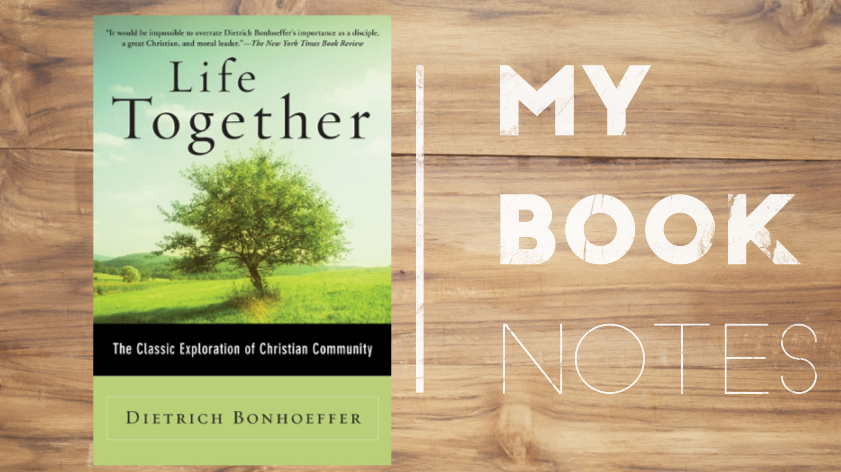Shame Resilience, Minimalism, and Saving the Environment – What I Learnt In February
If you have been looking for new resources to learn from – whether whole books or short articles or if you just fancy some bite-sized learning then this post is for you.
Here are some things that I have learnt this month.
I Thought It Was Just Me (But It Isn’t) – Brene Brown - Book*
I highly recommend this book* – if you haven’t read it, then buy it or borrow it.Brene Brown is a world-renowned researcher on shame. I was first exposed to her work through her amazing Ted Talks.
In this book, Brene introduces us to her research on shame and defines what shame is.
What is Shame
She starts by differentiating between shame and similar emotions, such as guilt and embarrassment.
One of the most powerful parts of this book for me was the difference between shame and guilt.
One of the most powerful parts of this book for me was the difference between shame and guilt.
Brene describes it like this:
Imagine that you have just cheated on a test, you leave the exam feeling guilty. Your internal dialogue runs like this: “cheating is wrong, I should not have cheated, I feel bad for having cheated, I will not cheat again”.
Now imagine the same scenario, but this time in the context of shame. Your internal dialogue runs like this: “cheating is wrong, I should not have cheated, I am a bad person for cheating, I am a cheat, I am a liar”.
In the first scenario, the person acknowledges that the behaviour is wrong, but the behaviour is something that they did, rather than something that they are. Therefore because the behaviour was just something that they did, they have the power to change it in the future.
In the second scenario the person also acknowledges that the behaviour is wrong, but this time they believe the behaviour was wrong because they are wrong. They are the bad person, the behaviour stemmed from something that is fundamentally wrong with them.
Shame Is Never A Good Motivator For Change
Brene states that guilt can be a good motivator for change. Shame, however, can never be a good motivator for change.
Her primary point is that we, as a society, continually use shame to try and bring about change in others – even though it doesn’t work.
Brene brings this home with the many interviews that she has conducted over the years – such as the daughter who, every time she sees her mother, is informed that she is overweight.
This is why I believe that encouragement is vital for positive change.
The 12 Categories of Shame
She identifies twelve categories of change that people are particularly vulnerable to. These are:
- Appearance / body image
- Money/work
- Motherhood/fatherhood
- Family
- Parenting
- Mental and physical health
- Addiction
- Sex
- Ageing
- Religion
- Surviving trauma
- Being stereotyped or labelled
Developing Shame Resilience
The rest of the book revolves around developing the four areas of shame resilience, these are:1. Recognising shame and understanding our triggers (i.e. physical responses such as sweaty palms, heart racing etc.)
2. Practising critical awareness (understanding why models and systems exist within society, how they manifest themselves and the impact it has on us and our wider society – i.e. sexism, racism etc.)
3 & 4. Reaching out and telling our story (through our support networks – people we trust).
My Main Takeaway
Understanding how much shame can isolate and harm people and how prevalent it is in society, disguised as “concern” has made me reconsider how much I judge others, and to be kind to others always as I never know what is happening in their world.Another major takeaway was the fact that things like compassion and empathy are not feelings that we have, but skills that we can develop and hone.
The Joy Of Less – Francine Jay - Book*
Our family is attempting to become more simple in our living, to give us time for those things that really matter. I went for my go-to response – read a book about it.This is considered the classic work on minimalism and I can see why.
Outline
The book* starts off with the philosophy of minimalism – basically, the space that something occupies is just as important as the thing itself, therefore it makes sense to only have those things that truly bring value and meaning to our life – or fulfil a useful purpose.
The second part outlines Francine’s approach to minimalism, called the streamline method (a handy acronym). Streamline stands for:
S – Start over - take everything out of the space that you want to declutter
T – Trash, treasure or transfer – decide which stuff to throw away, which to keep, and which to sell or donate.
R – Reason for each item
E – Everything in its place – make sure each item has a designates space in the inner circle (easy to reach), outer circle (harder to reach) or deep storage.
A – All surfaces clear – surfaces are not spaces for us to store stuff, they are for games, hobbies, prepping food etc.
M – Module – put related items in the same place
L – Limits – set limits for how much stuff you are going to have
I – If one comes in, one goes out – stick to the limits by getting rid of something each time you get a new thing.
N – Narrow it down – use the 80/20 principle (80% of your time you only use 20% of your stuff)
E – Everyday – minimalism is a decision every day, thus it involves continual vigilance.
Next Francine goes through each room of a typical house giving you lots of practical suggestions.
The final part of the book is about the positive impact of having less stuff not just on us, but on others and the planet.
My Main Takeaway
Was the streamline method. Jo and I are presently going through each of our rooms applying this method (our biggest challenge is the kid's stuff!!!).Under the Skin - Naomi Klein - Podcast
Under the skin is Russel Brand’s podcast where he interviews prominent people on various issues.Naomi Klein is a peace prize winning journalist and best-selling author known for her works “The Shock Doctrine*”, “No Logo*”, No Is Not Enough*" and “This Changes Everything*”
Her discussion with Brand tended to be more of a loose discussion, but there were several parts that I thought were extremely useful, these were:
Naomi spoke about her climate change work with indigenous peoples. A powerful difference that she saw between our traditional western understanding and that of indigenous peoples was when she attended a demonstration and was told that they were not protesters, and protesting was not to be mentioned.
Instead of ‘protesters’, they were ‘protectors’.
I thought this had a beautiful ring to it. In many progressive circles people are known for what they are against, i.e. “we are protesting against…” whereas this definition puts us squarely in the domain of protecting something that is good.
Another great point was that climate change is not just an issue.
So often we hear “what are we doing about climate change?” or, “is climate change real?” etc. But rather than an issue, climate change is a message, and we should understand it as such. It is a message that our present way of life and attitude towards the world is not sustainable.
A final great point I heard from the podcast was this idea of holding up the past as a model to be followed, i.e. “people cared more in the past” etc. All one has to do to destroy this fetishization of the past that we have is to speak to someone of a minority, or who was held down, i.e. indigenous people, people of colour, women etc. and we will see that the past was far from the ideal that we remember it to be.
The 7 R’s of Environmentalism
via GIPHY
This great article is found on the Green Christian website.
We have all heard of the 3 R’s: Reduce, Reuse, Recycle.
Well this article brings some more R’s into the mix, such as:
Repairing – is something that we often overlook in our highly disposable culture. Before going out to buy something new we should look to see if we can repair the original thing. I have had varying success with this. I managed to sew up some holes in my jeans, but super-gluing my shoes back together to keep water from getting in has not gone so well.
Rent, borrow and share – this plays into the lending library idea that I mentioned in the past.
Refuse – Is such a great one! This can be pre-empted refusal, such as asking for no junk mail – or ad-hoc refusals, such as refusing fliers, excess packaging or carrier bags.
Rejoice! – I love this one. We have so many things to be thankful for (including our stuff) and this should be reflected in our rejoicing. The more we rejoice in what we have, the less we feel the need to get more stuff.
My Posts
And finally, there is my post from this month – my fascinating interview with author Luke Wilson on his book about the Early Church Fathers – “40 Days With The Fathers”.Why You Should Read The Early Church Fathers (And How To Do It) [interview]
What is something that you have learnt this month? I would love to know. Let me know in the comments below.
*These links are affiliate links - this means that I get a small amount when you purchase a book through these links.








Comments
Post a Comment